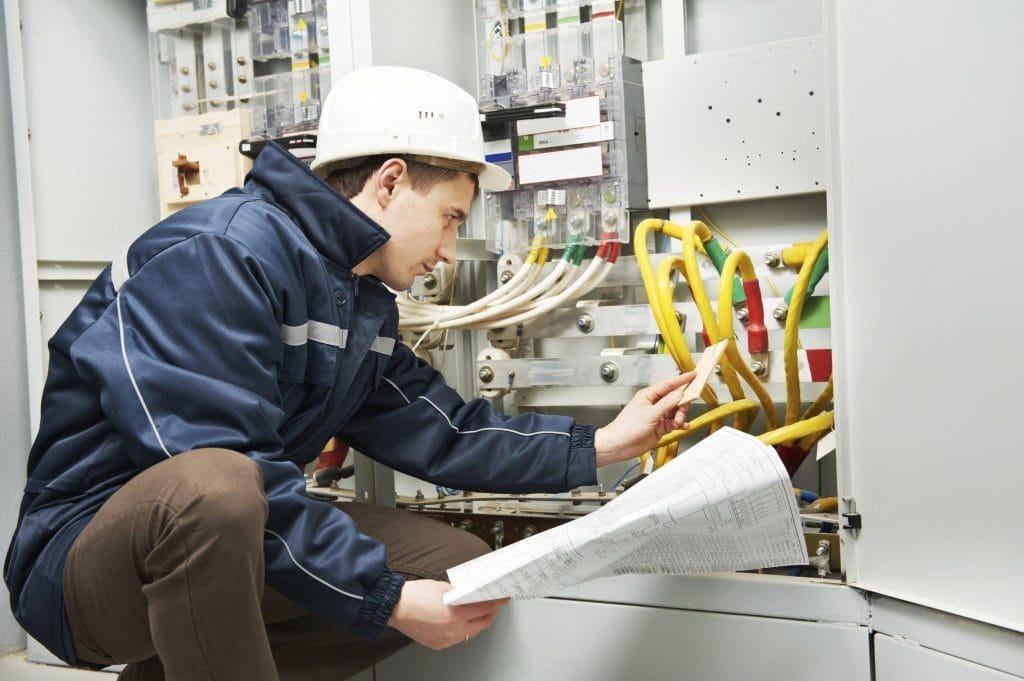Advantages to help Energy Audit Services.
In today's world, where energy conservation and sustainability are becoming increasingly crucial, energy audit services are gaining significant importance. These services help identify energy inefficiencies and provide actionable recommendations to enhance energy usage, reduce costs, and lower environmental impact. This article delves in to the fundamentals of energy audit services, their benefits, and the steps involved with conducting a power audit.

What's an Energy Audit?
A power audit is an organized process of evaluating how energy is used in a facility, identifying aspects of energy waste, and recommending measures to boost energy efficiency. It involves reveal examination of energy flows, consumption patterns, and inefficiencies in buildings, industrial plants, and other structures. The target is always to optimize energy usage without compromising the operational needs of the facility.
Kinds of Energy Audits
Energy audits can be categorized into three main types based on the depth and scope:
-
Walk-Through Audit: This is a preliminary audit that involves a simple visual inspection of the facility. It identifies obvious aspects of energy waste, such as for instance inefficient lighting, poor insulation, or outdated equipment. Whilst it provides a fast overview, it might not uncover deeper issues.
-
Detailed Audit: Also referred to as a general audit, this sort carries a more comprehensive analysis of energy consumption. It involves data collection, energy usage monitoring, and financial analysis to offer detailed recommendations for energy-saving measures. This audit often includes the usage of diagnostic tools and software to analyze energy flows.
-
Investment-Grade Audit: This is actually the most thorough audit, often required for large-scale energy projects. It involves an in-depth analysis of energy systems, including extensive data gathering and monitoring. The audit results in detailed financial models and feasibility studies, helping to make informed decisions about significant investments in energy efficiency projects.
Benefits of Energy Audits
Conducting a power audit offers several advantages:
-
Cost Savings: By identifying and rectifying energy inefficiencies, facilities can significantly reduce their energy bills. Simple measures like upgrading lighting systems or improving insulation can lead to substantial cost savings.
-
Environmental Impact: Reducing energy consumption lowers greenhouse gas emissions, causing environmental sustainability. This aligns with global efforts to combat climate change and promotes corporate social responsibility.
-
Enhanced Performance: Optimizing energy usage can improve the entire performance of systems and equipment, ultimately causing increased productivity and reduced downtime.
-
Compliance: Energy audits help organizations conform to regulatory requirements and industry standards related to energy efficiency and environmental protection.
-
Informed Decision-Making: Detailed audit reports provide actionable insights and data-driven recommendations, enabling informed decisions about energy management and investments.
Steps Involved with an Energy Audit
The method of conducting a power audit typically involves several key steps:
-
Pre-Audit Planning: This initial stage involves defining the audit's scope, setting objectives, and gathering preliminary data about the facility's energy consumption.
-
Site Visit and Data Collection: Auditors visit the site to inspect the facility, collect data, and assess current energy usage. Including examining lighting, HVAC systems, insulation, and machinery.
-
Data Analysis: The collected data is analyzed to spot patterns, inefficiencies, and potential areas for improvement. Energy usage is compared against industry benchmarks to highlight discrepancies.
-
Report Preparation: An extensive audit report is prepared, detailing findings, recommendations, and potential savings. The report carries a cost-benefit analysis of proposed energy-saving measures.
-
Implementation and Follow-Up: Based on the audit report, facilities can implement recommended measures. Follow-up audits might be conducted to assess the potency of these measures and ensure continuous improvement.
Conclusion
Energy audit services are essential for organizations seeking to boost their energy efficiency, reduce costs, and minimize their environmental impact. By systematically evaluating energy use and identifying inefficiencies, energy audits give a roadmap for sustainable energy management. Whether through simple walk-through audits or detailed investment-grade analyses, these services play a critical role in promoting energy conservation and achieving long-term economic and environmental benefits.